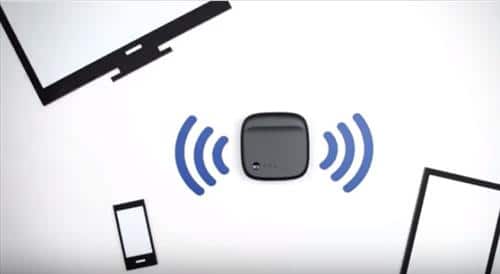
Choosing a data acquisition system (DAQ) can be a real task. In recent years, the explosion of devices on the market, each with their own advantages and disadvantages, means that any DAQ you are considering probably comes with a bewildering array of extra features.
Getting a DAQ need not be expensive, however, if you carefully consider what you need your system to do.
I would never recommend going for the cheapest DAQ available, for a number of reasons. Firstly, if you are using a DAQ to monitor a piece of machinery that you’ve spent many hours working on, you need a DAQ that is reliable. Your system overheating because your sensors have failed is frustrating, to say the least. Secondly, many of the cheapest DAQ systems on the market today are designed as discrete, proprietary units, meaning that they will not mesh well with the rest of your equipment, and will be difficult and expensive to expand.
Luckily all of Daqifi’s products are both affordable and extremely reliable. To see more please refer to our product pages.
That said, it is possible to achieve good value when purchasing a DAQ system, if you keep a few points in mind:
How Many Channels Do You Actually Need?
Whilst it may be tempting to go for a monster, 256-channel DAQ system, for most people and organisations this is more capability than they will ever utilize. Think carefully about the how much data you need to collect, and in what format, and buy a DAQ system accordingly.
Of course, you can always start with a small DAQ system, and then expand. Which brings me to my second point:
Go For a Modular System
The best DAQ systems available today are modular. This means that if you buy a device today, and then in a few years decide to add a second, they will work well together. This is perfect if you are using DAQ as hobbyist or semi-professional user, because it means that your DAQ system can expand as your passion does.
It also means that these systems work well with most third-party components, such as sensors and software. This can be a real advantage if you don’t have the time to be debugging each of your sensors.
How Are You Going To Collect Data?
The absolute cheapest DAQ systems on the market today output data via hardlink. The price of these systems might be tempting, but to my mind it is worth going for a system that is capable of sending data via Wi-Fi. You likely already have a Wi-Fi network in your workshop or home, and it makes sense to use it rather than building a whole separate system to handle your DAQ.
Get A System With A User Interface
Again, the cheapest DAQ systems around output data as a raw string of numbers. This is great if you are a software engineer, but for the rest of us means we have to learn a complex programming language.
The better DAQ systems come with on-board interfaces that allow you to collect and display data in an intuitive manner, and to my mind systems like this are well worth the extra investment.
So, whilst it may be tempting to go for the absolute cheapest DAQ system available, in my humble opinion you should always invest a little more in a few key features that will ultimately save you time and money.

